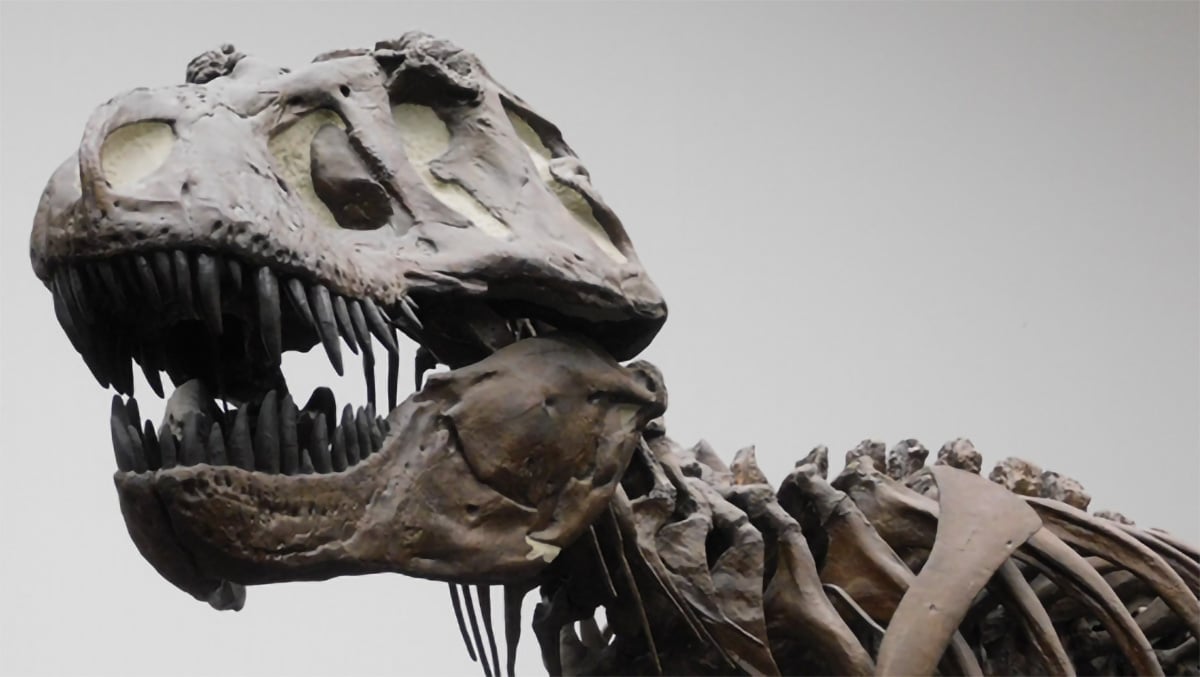A study that sequenced the DNA of 3,200 people across Japan has found suggestions that modern Japanese people are the descendants of three ancestral groups, not two as has been previously thought.
For a long time, it has been believed that modern Japanese people were descended from two groups: early hunter-gatherers known as the Jomon, who lived in Japan from 16,000 to 3,000 years ago and were likely isolated from the rest of the world during the Last Glacial Maximum, and later immigrant Yayoi farmers who lived in Japan from around 900 BCE to 300 CE.
But in 2021, a study of 12 ancient genomes found another ancestral group in the mix, likely arriving during the transition from the Yayoi to Kofun period (300–710 CE).
“Our analysis finds that the Jomon maintained a small effective population size of ~1,000 over several millennia, with a deep divergence from continental populations dated to 20,000 to 15,000 years ago, a period that saw the insularization of Japan through rising sea levels,” the 2021 team wrote in their paper.
“Rice cultivation was introduced by people with Northeast Asian ancestry. Unexpectedly, we identify a later influx of East Asian ancestry during the imperial Kofun period. These three ancestral components continue to characterize present-day populations, supporting a tripartite model of Japanese genomic origins.”
The team believed that this fits with archaeological evidence of new large settlements at the time, as well as cultural and political changes.
In the new study, researchers analyzed the ancestry of 3,200 people, finding that Okinawa had the highest Jomon ancestry (28.5 percent), followed by Northeast (18.9 percent), with the lowest being in West (13.4 percent). Intrigued by previous studies, they discovered evidence that modern-day Japanese people descended from Jomon people, Yayoi people, and a third unknown ancestral group, likely from Northeast Asia, which “could potentially be connected to ancient populations in Japan and the Korean Peninsula”.
“Our results indicated a significantly closer relationship between West and ancient Chinese groups around the Yellow River (YR) or upper YR region, specifically in the Middle Neolithic (MN) and Late Neolithic periods,” the team wrote in their paper.
“In contrast, individuals of Northeast showed significantly higher genetic affinities with Jomon and ancient Japanese genome from Miyako Island in Okinawa (which had a high Jomon proportion) and ancient Koreans from the Three Kingdoms (TK) period (fourth to fifth century CE). These results align with reports indicating that ancient Japanese in the Yayoi period and certain ancient Korean groups had a high proportion of Jomon ancestry.”
The team suggested possible groups which could be responsible for the distinctive genes, but stressed further study is needed.
“These data may suggest a potential link between Northeast and NEA [Northeast Asian], although additional evidence is required to substantiate this connection,” the team wrote in their discussion. “Historical records indicate that Northeast was inhabited by the so-called Emishi people, literally translated as ‘shrimp barbarians’. The origin of Emishi is somehow understudied and remains a matter of debate, but it was proposed that they might be related to NEA. In addition, it has been suggested that the Emishi people might have spoken a distinct Japonic language, akin to the historical Izumo dialect.”
The study is published in Science Advances.

Dr. Thomas Hughes is a UK-based scientist and science communicator who makes complex topics accessible to readers. His articles explore breakthroughs in various scientific disciplines, from space exploration to cutting-edge research.








